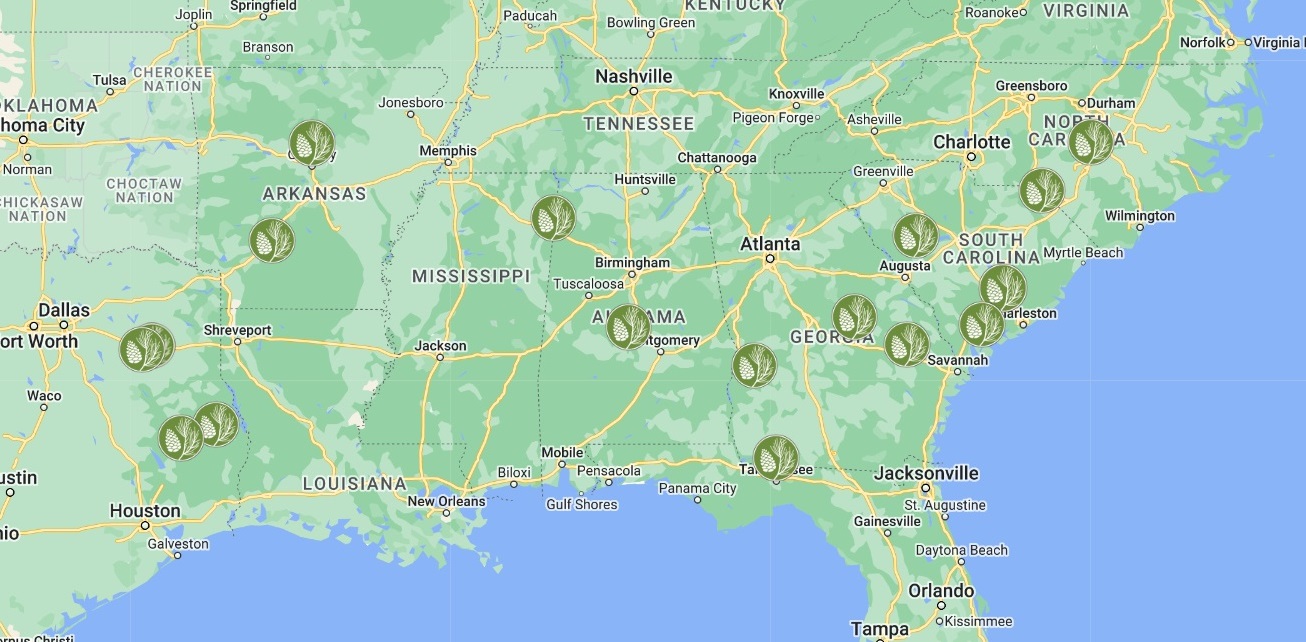In the last TreeLines, Challenging Timber Planting Sites: Eliminating “Self-Made” Problems and Maxiziming Results, we discussed the factors to consider before beginning the replanting process. That left us with the question: How do you prioritize and complete tasks that will give you the best chance of success?
Understanding the Challenges
Well ahead of reforestation, effective planning and supervision during the harvesting process can have a big impact on maintaining site quality and the performance trajectory of the next stand. This is crucial in maintaining the overall value of your property. Landowners should work with a professional forester to hire a logger who understands how important it is to minimize impacts to the soil and follow best management practices. The forester can also ensure logging debris is spread as evenly as possible, which encourages better seedling distribution and reduces the need for burning.
Dealing with Soil Issues
On sites with compacted soils, like those with iron ore and clay, it’s important to loosen the soil to allow tree roots to grow. This can require subsoiling, and is best done when the soil is dry. Time should be allowed for the soil to settle before planting. Rainfall after loosening helps prepare the soil for planting.


Managing Competition
Weeds and other plants can compete with young trees, so it’s essential to control them. A flexible approach is needed, with herbicides applied before and after planting. Monitoring over several years is key to adjusting your methods as needed. Dealing with briars, vines, tall leafy weeds, and woody stems is a standard part of fall herbicide application, and various tank mixes can be recommended by herbicide professionals.
Promoting Growth
This management plan has proven to be a recipe for success on this site, with promising growth and survival in the first and second years after planting. Fertilization between the second and third years can help trees grow faster. Trees have shown promising growth on sites with iron ore, sometimes reaching 3-4 feet per year.


Handling Additional Challenges
Managing water drainage and preventing erosion are crucial, especially with unpredictable weather. Recent rainfall for this site has not been consistent with record rainfall and flash flooding, so more efforts will be needed to get it back in shape. Properly managing streamsides and roads can help control erosion. Additionally, dealing with pests like tip moths is important for tree health during the early years.


Experience shows when dealing with an advanced site. We want to express my sincere gratitude to Buddy Rosser of Dean, Youens & Rosser for allowing us to share this example with you. Your insights and questions are invaluable.













